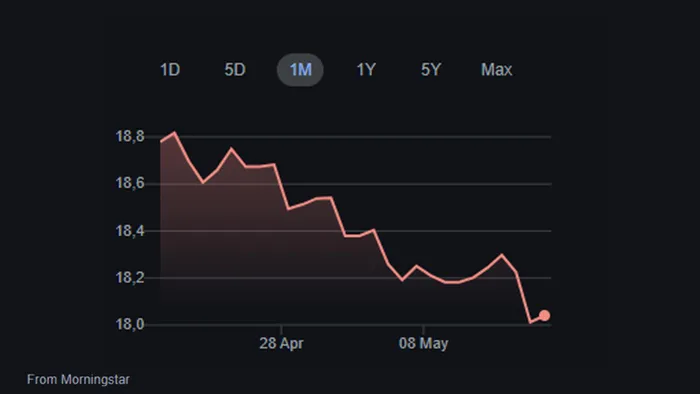Rand flexes its muscles against the dollar as new inflation targeting plans roll in
Having started Friday off at R18.01 to the dollar – its lowest point since December 12 last year – the local currency had only lost 3c by lunch time driven by a better geopolitical situation.
Andre Cilliers, currency strategist at TreasuryONE, said the rand firmed to its best level for the year so far after Deputy Finance Minister David Masondo said the country may introduce a new inflation targeting plan.
Bianca Botes, director at Citadel Global, added the rand strengthened nearly 1% to around R18.01 this morning as it benefitted from news that a new inflation target will be announced imminently.
South African Reserve Bank Governor Lesetja Kganyago has been publicly suggesting that the target band of between 3% and 6% be shrunk to 3% for some time. This, however, will require a policy change from National Treasury.

After starting the day at R18.01 to the dollar, the South African rand shows signs of strengthening, driven by potential changes in inflation targeting and positive geopolitical developments.
Image: Morningstar
Should the target band be narrowed, it’s less likely that interest rates will come down, which supports the currency and will encourage international investors, dropping the rand against the dollar.
Nolan Wapenaar, Anchor Capital co-chief investment officer, said domestic politics are also supportive of the rand as the message “that we expect the Government of National Unity to pass the National Budget 3.0 was well received”. The National Budget will be presented next Wednesday.
Botes said the local currency was buoyed by a weaker greenback and anticipation of a key meeting between President Cyril Ramaphosa and US President, Donald Trump. That meeting is apparently set for later this month.
“Despite this, domestic challenges like renewed power cuts and fiscal uncertainty continue to weigh on South Africa’s outlook,” Botes added.
Yet, said Cilliers, with little data on the economic front, markets' attention will likely remain on international geopolitics.
Wapenaar said the stronger rand follows the continued recovery of global financial market sentiment as tariff issues seem to be getting resolved with US President Donald Trump having a successful trip to the Gulf.
Trump signed several trade deals during his visit to the Gulf this week, including with Saudi Arabia, Qatar and the United Arab Emirates.
Botes said, “early optimism from a temporary US-China tariff reduction pushed the dollar higher at the start of the week, but that momentum faded as softer US inflation and disappointing retail sales data raised doubts about consumer strength”.
These economic signals led traders to expect more interest rate cuts from the Fed, while the dollar also lost ground against several Asian currencies amid speculation of a strategic push for a weaker currency in trade talks, said Botes.
Cilliers also noted that the US currency has been battling to hold its own this week over mixed economic data and optimism over a trade truce. These, he said, have been the main factors influencing the dollar this week, as it struggles to hold onto gains.
IOL
Related Topics: